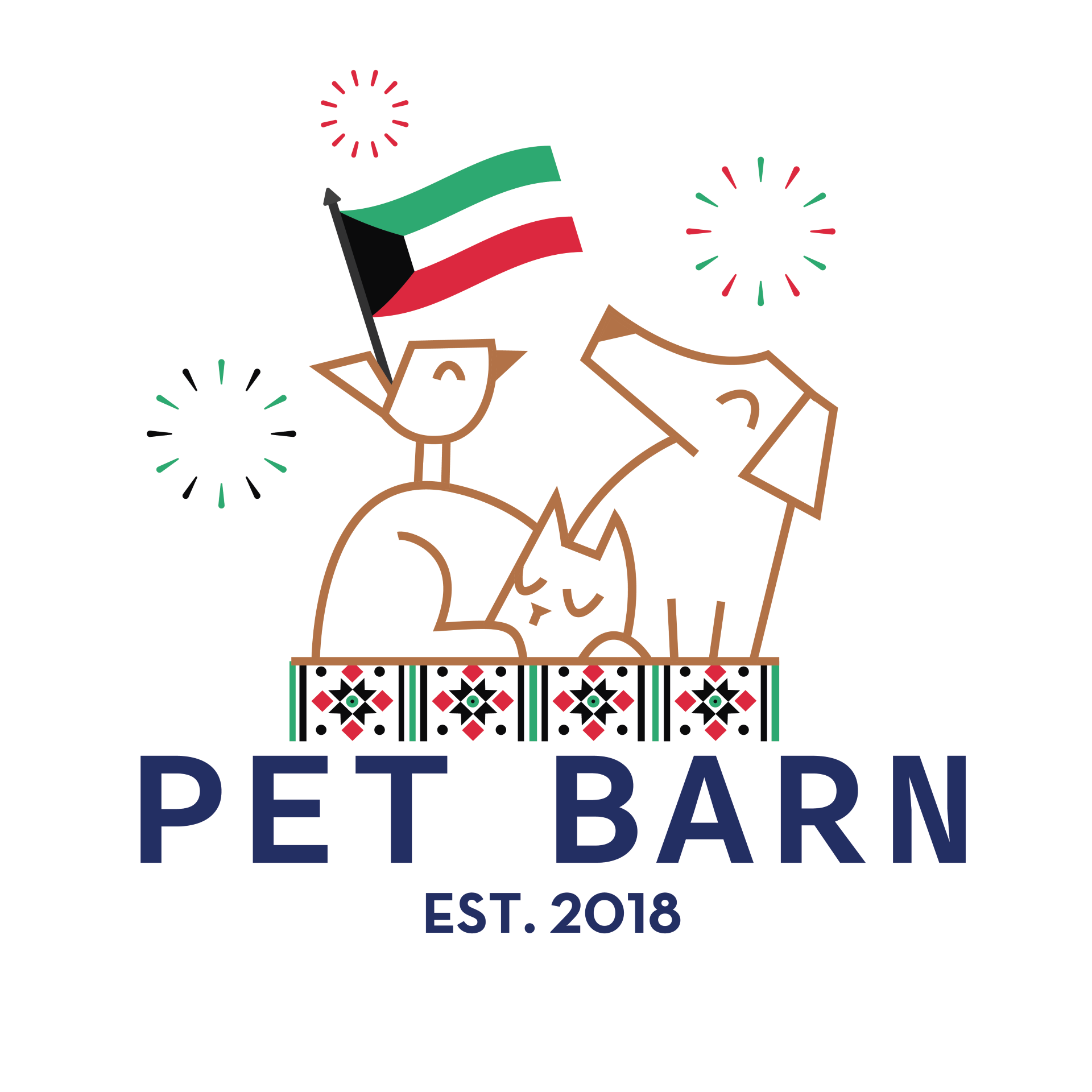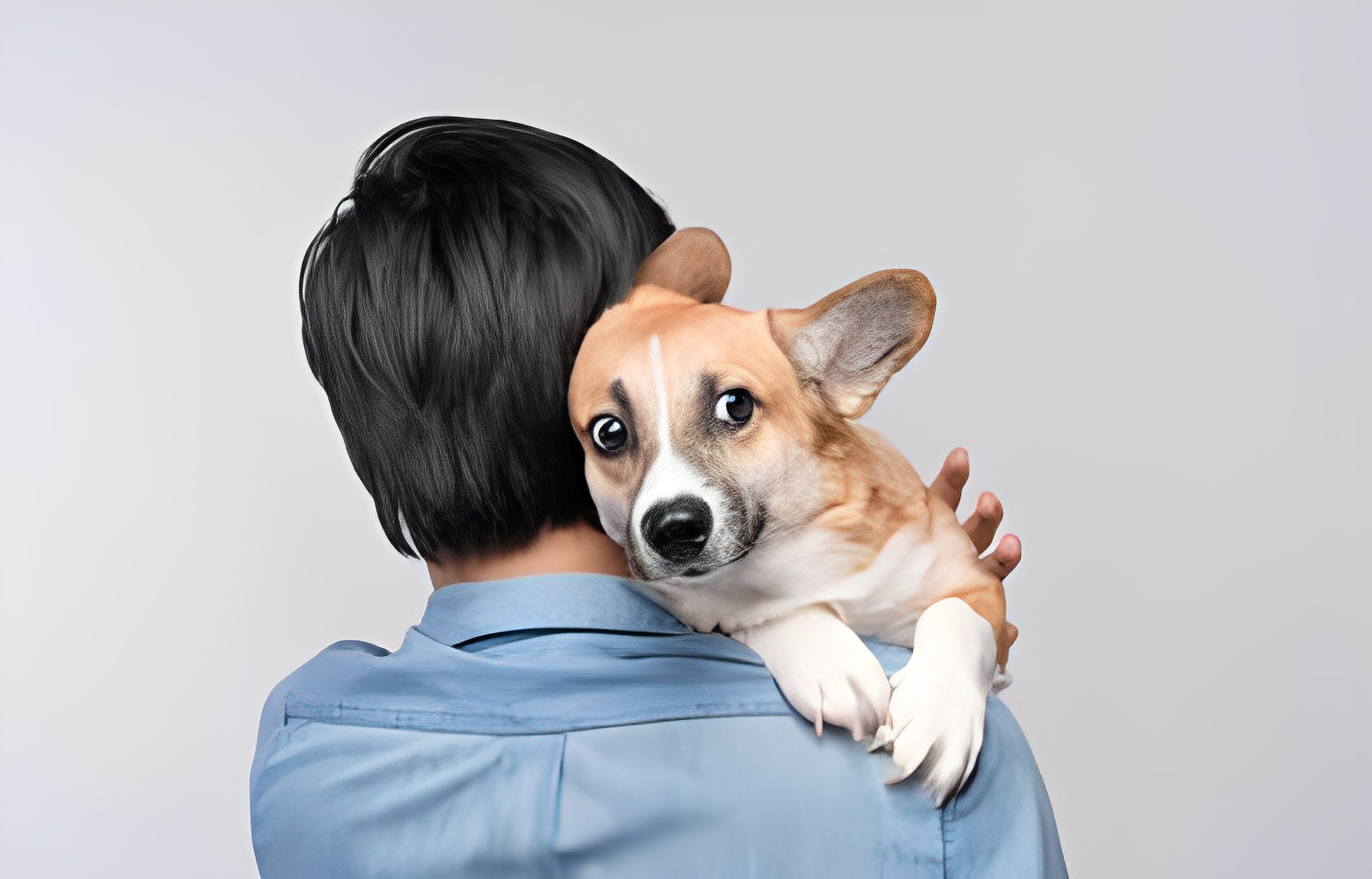Dogs, renowned for their unwavering loyalty and companionship, are not immune to the effects of anxiety and stress. Much like humans, these emotions can significantly impact their well-being. Understanding the root causes of canine anxiety and stress is crucial for pet owners seeking to provide a supportive and comforting environment for their furry friends. In this comprehensive guide, pet barn will explore in depth the various reasons dogs may experience anxiety, along with practical strategies to alleviate their stress and promote a happier, healthier life.
Causes of Dog Anxiety and Stress:
1. Separation Anxiety:
One of the most common sources of anxiety in dogs is separation from their human companions. Dogs, being pack animals, thrive on social bonds, and prolonged periods of isolation can lead to separation anxiety. Symptoms may include destructive behavior, excessive barking, and restlessness.
To address separation anxiety, gradually accustom your dog to being alone by leaving for short intervals and gradually increasing the duration. Create a designated, comfortable space for your dog, complete with their bed and familiar toys, to ease their distress when you’re away.
2. Loud Noises:
Dogs have highly sensitive hearing, making them susceptible to stress triggered by loud noises such as fireworks, thunderstorms, or construction sounds. The sudden and intense nature of these noises can provoke fear and anxiety in dogs.
To mitigate the impact of loud noises, create a safe haven for your dog during such events. Consider using white noise machines or calming music to drown out loud sounds. Additionally, desensitize your dog to these noises by playing recorded sounds at low volumes and gradually increasing the intensity over time.
3. Changes in Routine:
Dogs thrive on routine, and unexpected changes can be a significant source of stress. Events such as moving to a new home, alterations in family dynamics, or changes to their daily schedule can disrupt their sense of security.
Maintain a consistent routine for feeding, walks, and playtime. If changes are inevitable, introduce them gradually, allowing your dog to adjust at its own pace. Familiarity breeds comfort, and a stable routine can go a long way in alleviating stress.
4. Social Anxiety:
Just like people, dogs can experience social anxiety, particularly if they haven’t been adequately socialized. This can manifest as fear of other dogs, people, or unfamiliar environments.
To address social anxiety, expose your dog to new environments and experiences gradually. Use positive reinforcement, such as treats and praise, to create positive associations. Enroll your dog in obedience classes or consult with a professional trainer to build their confidence in social settings.
5. Past Trauma:
Dogs, especially those with a history of abuse or neglect, can carry the emotional scars of past traumas. These experiences may manifest as anxiety or fear in various situations.
Approach dogs with a history of trauma with patience and gentleness. Create a calm and predictable environment and consider consulting with a veterinarian or animal behaviorist for personalized guidance on helping your dog overcome their past traumas.
Strategies for Relief:
1. Create a Safe Space:
Designate a specific area in your home where your dog can retreat when feeling anxious. This safe space should be comfortable, equipped with their bed, favorite toys, and perhaps an item with your scent to provide reassurance.
Ensure that this space is consistently available to your dog and communicate to family members the importance of respecting their sanctuary. This allows your dog to have a retreat during stressful times, promoting a sense of security.
2. Gradual Exposure:
For dogs experiencing social anxiety or fear of specific stimuli, gradual exposure is a valuable strategy. Expose your dog to these situations in a controlled and positive manner. Start with low-intensity exposure and gradually increase the complexity as your dog becomes more comfortable.
3. Treads and Encouragement:
Use treats and positive reinforcement to reward calm behavior, helping your dog associate these situations with positive experiences. This method can be time-consuming, but the long-term benefits are worth the investment in your dog’s well-being.
4. Routine and Consistency:
Dogs thrive on routine, and a stable daily schedule provides a sense of security. Establish consistent feeding times, regular walks, and designated play sessions. This predictability helps your dog feel more secure and reduces the likelihood of stress-related behaviors.
If changes are unavoidable, introduce them gradually. For example, if you’re altering the walking schedule, make incremental adjustments until the new routine is established. Consistency is key to helping your dog adapt to changes without causing undue stress.
5. Interactive Toys:
Boredom can contribute to anxiety and stress in dogs. Provide your furry friend with interactive toys that engage their mind and provide physical stimulation. Puzzle feeders, treat-dispensing toys, and chew toys can be effective in redirecting their focus and alleviating boredom.
Rotate toys regularly to maintain their novelty, preventing your dog from losing interest. Consider introducing new toys periodically to keep their environment enriched and mentally stimulating.
6. Professional Training and Support:
If your dog’s anxiety is severe or if you’re struggling to address specific behavioral issues, seeking professional help is a wise decision. Professional dog trainers and behaviorists are trained to assess and address various behavioral issues, including anxiety.
A professional can provide personalized strategies tailored to your dog’s specific needs. They may offer insights into behavior modification techniques, training exercises, and desensitization methods that can effectively reduce anxiety.
7. Natural Calming Remedies:
Explore natural remedies to help calm your anxious dog. Calming pheromone diffusers, available in the form of sprays or plug-in devices, release synthetic versions of the pheromones mother dogs emit to soothe their puppies. These can create a calming environment in your home.
Herbal supplements, such as chamomile or valerian root, are known for their calming properties. Consult with your veterinarian before introducing any supplements to ensure they are safe for your dog and won’t interfere with any existing medications.
Anxiety wraps, such as Thundershirts, provide gentle, constant pressure that can have a calming effect on some dogs. These wraps are designed to swaddle your dog, similar to the way parents swaddle infants, providing a sense of security.
8. Medication (if necessary):
In severe cases of anxiety, medication may be considered as a last resort. Consult with your veterinarian to discuss the potential benefits and risks of medication for your dog. Medications such as selective serotonin reuptake inhibitors (SSRIs) or benzodiazepines may be prescribed to manage anxiety.
It’s crucial to work closely with your veterinarian to determine the appropriate medication and dosage for your dog. Medication should be part of a comprehensive treatment plan that may include behavior modification, training, and environmental adjustments.
Coping with dog anxiety and stress requires a multifaceted approach that addresses the root causes and incorporates practical strategies to promote well-being. Every dog is unique, and finding the right combination of techniques may take time and patience. By understanding the factors contributing to your dog’s anxiety and implementing tailored strategies, you can create a supportive environment that enhances their quality of life.
Remember that consistent communication, positive reinforcement, and a commitment to your dog’s mental and emotional health are essential components of a successful anxiety management plan. Don’t hesitate to seek professional guidance if needed, as trained experts can provide valuable insights and support. Do not forget to visit our website to read more blogs about dogs.

